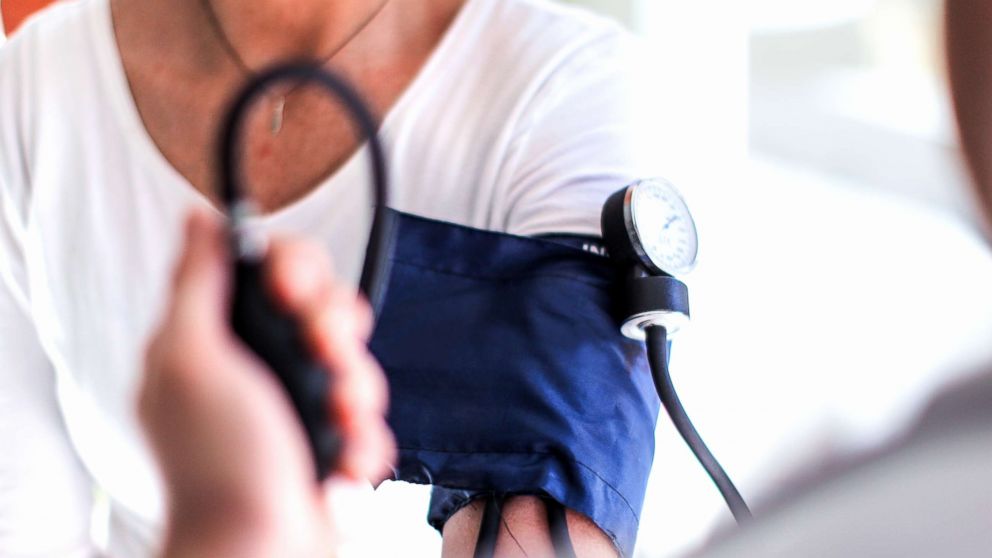Here's why you need to start asking your doctor to check your blood pressure twice
Checking your blood pressure is a mainstay of every medical checkup. Now, there's some new medical advice on this seemingly mundane part of a wellness visit to the doctor.
So, what's the new medical advice?
Get your blood pressure checked twice, a new study advises.
Patients who had their blood pressure (BP) checked a second time at their primary care doctor’s office often have a lower number, according to a study published by the Journal of the American Medical Association this week.
The truest blood pressure reading is taken after sitting quietly for at least five minutes, and that rarely happens in a doctor’s office. Usually, a blood pressure reading is the first thing done, along with a heart rate reading.
From nervousness and stress to arm positioning and the wrong cuff size, there are several reasons for a blood pressure reading to be high initially.
If its high, here's why you should ask your doctor to check your blood pressure a second time
In the study, checking the blood pressure again, even just one minute after the initial reading, showed a drop in the systolic (top number) blood pressure of up to 17 mmHg, which is enough to change a diagnosis from hypertension to healthy. Researchers found that the higher the initial reading, the steeper the drop for the second try.
The study, which was done in a large healthcare system, MetroHealth in Cleveland, Ohio, looked at 38,000 patients who had high blood pressure and were seen approximately 80,000 times over the course of 2016 by their primary care doctors. A simple alert was placed on their chart to remind the staff or doctor to take a second blood pressure reading if the first one was high -- over 140/90 mmHg, which is the number doctors are told is the threshold to treat high blood pressure.
The second blood pressure reading, however, took 36 percent of people in the study out of the “high blood pressure” category and put them within the normal range.
One out three adults have high blood pressure in the United States
Uncontrolled high blood pressure can lead to heart attacks, strokes and kidney disease. Almost half of people seen by a primary care doctor do not have their high blood pressure controlled -- to a reading less than 130/90 mmHg -- based on the new 2017 American Heart Association and American College of Cardiology Guidelines.
A primary care office visit usually takes 15 to 20 minutes and checking a patient's blood pressure -- one of the most common reasons people see a primary care physician -- takes less than a minute. While a second check will take up another minute in an already short doctor’s visit, it's a minute well spent.
The lower reading avoids unneeded medication, decreases secondary fatal effects of hypertension and will likely decrease overall healthcare costs. When it comes to blood pressure control, getting it checked once is not enough.
Dr. Roshini Malaney is a Cardiology Fellow at Stony Brook University Hospital working with the ABC News Medical Unit.




